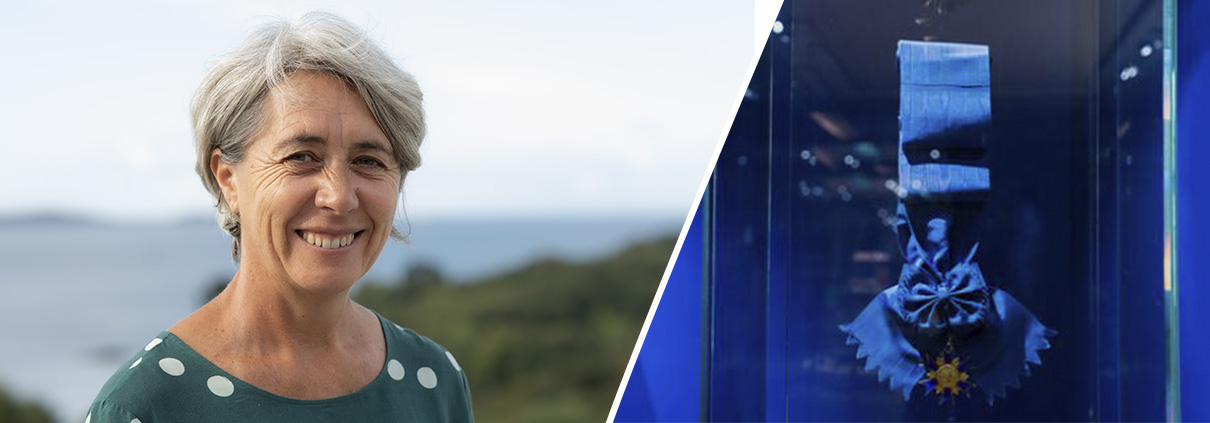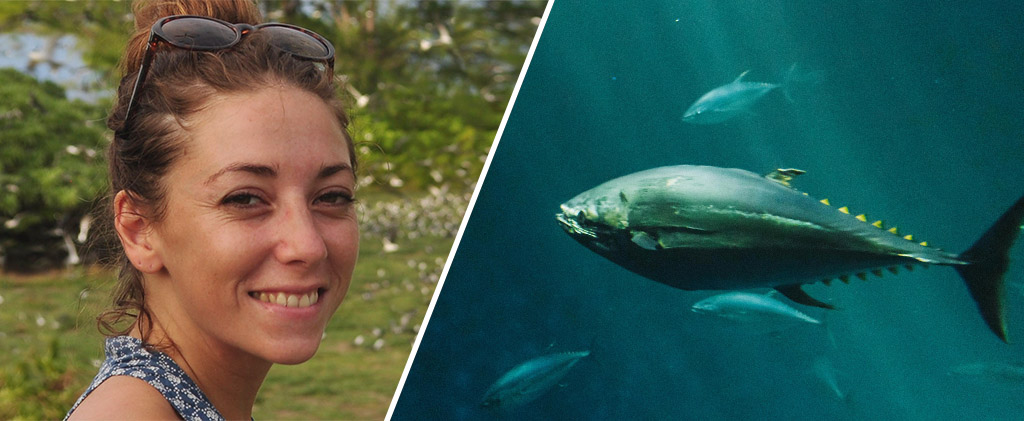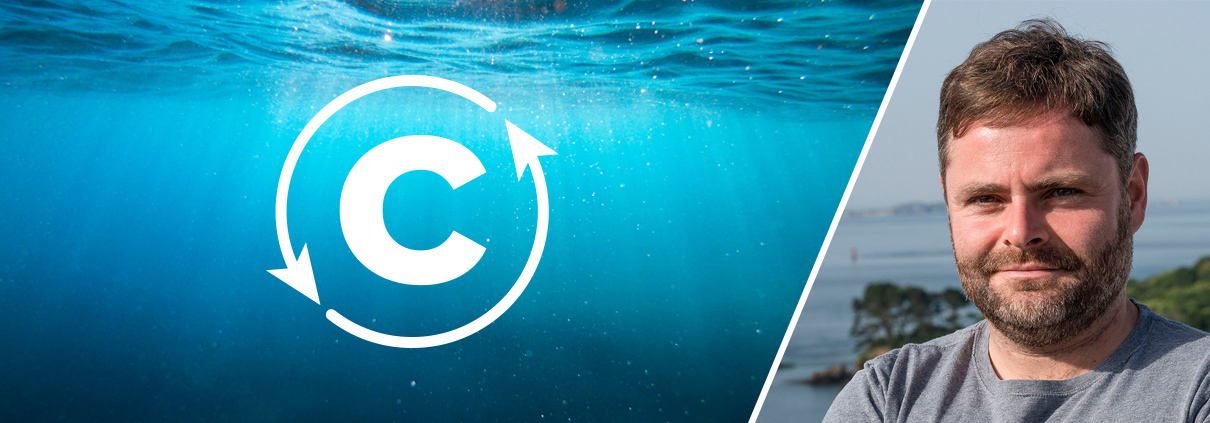‘The unsuspected history of the oyster”: Stéphane Pouvreau guest on La Terre au carré
Our colleague Stéphane POUVREAU was guest on ‘La Terre au Carré’, the famous radio broadcast on France Inter on 4 February, alongside Catherine Dupont (archaeomalacologist at the CNRS).
Conducted by Mathieu VIDARD, the broadcast, entitled ‘L’histoire insoupçonnée de l’huître’(The unsuspected history of the oyster), looked back at the eventful history of this shellfish that is so emblematic of gastronomy.
Present on Earth for over 150 million years, the oyster has left its mark on human history, from prehistory to the present day. Hunter-gatherers were already enjoying this mollusc 8,000 years ago. In Antiquity, it became a luxury food prized by the Romans, who innovated in oyster farming. During the Middle Ages and the Renaissance, oysters epitomised refinement, appreciated by monarchs such as Louis XIV and Louis XVIII. However, the oyster often came close to extinction, falling victim to over-fishing and disease. The 20th century saw the flat oyster decimated, gradually replaced by imported varieties, mainly the Japanese oyster we eat today.
Today, restoration programmes such as REHPAR, run by Stéphane, are trying to preserve this emblematic species in te bay of Brest. A handful of oyster farmers in Quiberon Bay are still producing the traditional flat oyster, the guardian of a threatened maritime heritage.










